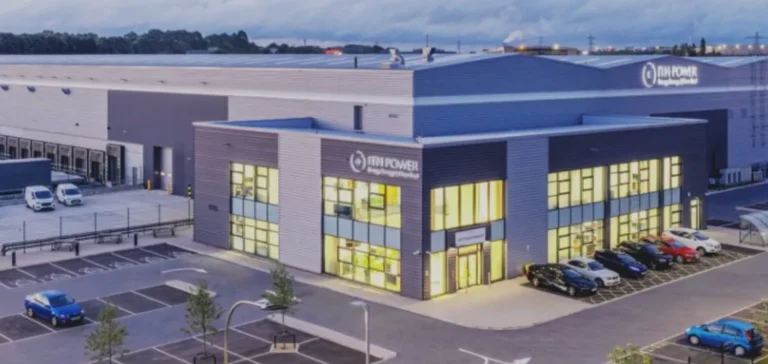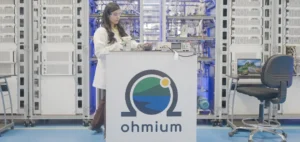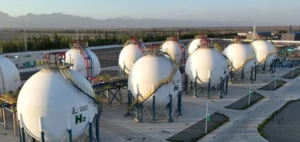ITM Power has announced the signing of a Front-End Engineering Design (FEED) contract for a project selected under the United Kingdom’s second Hydrogen Allocation Round (HAR2). The project is based on the deployment of multiple NEPTUNE V units, a modular green hydrogen production system developed by the company.
NEPTUNE V technology is built around 5 megawatt containerised electrolysers, tailored for mid-scale applications. The FEED contract marks a technical step ahead of the Final Investment Decision (FID), which remains pending. According to the customer’s current timeline, the facility is expected to be operational by 2028, although no further details have been disclosed regarding the site or total planned capacity.
A project aligned with national ambitions
The HAR2 programme is part of the UK government’s broader strategy to scale up low-carbon hydrogen production at the industrial level. It aims to support projects capable of contributing to national hydrogen output targets. Shortlisted initiatives may benefit from contractual support mechanisms, including Contracts for Difference (CfD), intended to ensure long-term financial viability.
Within this framework, ITM Power continues to position itself on mid-scale commercial segments. The company is expanding the deployment of its NEPTUNE V platform to meet domestic market requirements and public tender specifications. This latest FEED contract follows several similar engagements recently secured by the firm under the same allocation scheme.
A consolidating market for modular solutions
Dennis Schulz, Chief Executive Officer of ITM Power, stated that this contract signals “continued momentum for NEPTUNE V as the reference solution for mid-scale green hydrogen projects”. He also confirmed the company’s commitment to supporting the client through to the final investment decision.
ITM Power, headquartered in the United Kingdom, specialises in Proton Exchange Membrane (PEM) electrolysis, a key technology for hydrogen production from renewable electricity. The company has recently shifted its focus toward standardised containerised systems aimed at reducing deployment costs and accelerating time-to-market for its products.






















